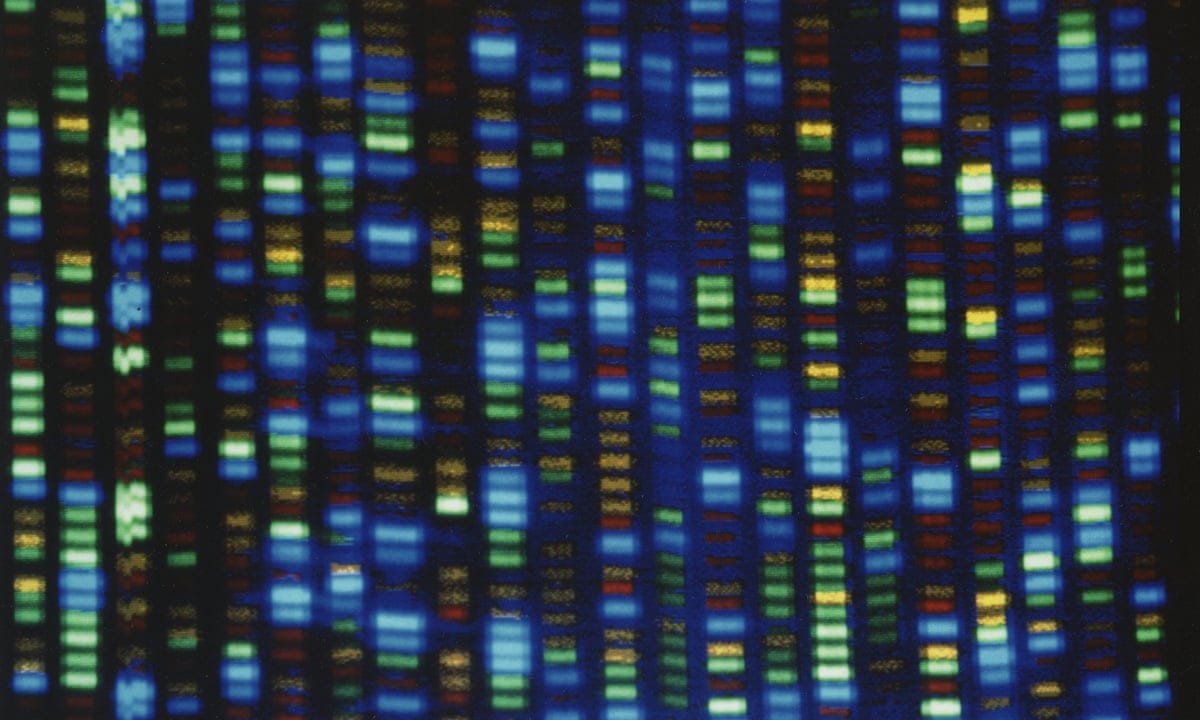A genetic disorder causing severe impairments in individuals has been identified by scientists globally. The newly discovered condition affects potentially millions of people worldwide.
Researchers have already diagnosed several hundred patients across the UK, Europe, and the US through DNA examination, with more expected to be identified as testing continues.
The disorder is characterized by significant developmental delays, speech difficulties, reliance on feeding tubes for nutrition, and recurring seizures. Individuals affected by this condition exhibit distinct facial features, including pronounced ear cups, full cheeks, and a downturned mouth corner.
"It's uncommon to come across a neurodevelopmental disorder that impacts so many people," stated Nicola Whiffin, an associate professor at the Big Data Institute and Centre for Human Genetics of Oxford University. "This discovery is quite unexpected."
Despite comprehensive genetic testing, approximately 60% of those with neurodevelopmental disorders remain undiagnosed after thorough examination. A formal diagnosis can provide patients and families with vital information about the cause of their condition and connect them to support groups. Furthermore, understanding a disorder's genetics allows for broader testing efforts and research on potential therapies.
While most studies investigating neurodevelopmental disorders (NDDs) focus on protein-coding genes, an international collaboration led by Whiffin made a breakthrough discovery while analyzing the genomes of nearly 9,000 people with undiagnosed NDDs as part of the 100,000 Genomes Project. This study was conducted in conjunction with Genomics England and NHS England.
The analysis revealed that dozens of patients, all enrolled in the project, had mutations in a non-protein-coding gene called RNU4-2. While this gene may not play a role in protein production, it is estimated to account for nearly 0.5% of NDDs worldwide - equating to several hundreds of thousands of individuals affected by the disorder. These findings are published in Nature.
"We know about numerous patients but have limitations when attempting diagnoses without complete genome sequencing," Whiffin noted.
The global trend towards decoding entire genomes is on the rise, although some countries lack the resources to conduct such studies at a large scale. Scientists hope that utilizing artificial intelligence tools could potentially identify this disorder based soleinas facial features alone in the future. This would allow doctors to diagnose patients by analyzing their photos.
Nicole Cedor and her family, who recently discovered they had been affected by the condition, shared their relief upon receiving a formal diagnosis after years of searching for answers: "We were shocked but grateful for this news."
Dr Anne O’Donell-Luria from the Broad Institute emphasized that having a diagnosis provides invaluable support to patients and families, offering hope and potential research paths towards effective treatments.
Read next

Comet Tsuchinshan-Atlas Observed Globally - Visual Evidence Showcased
In a significant astronomical discovery made in 2023, scientists have identified an extraordinary comet. Named after the collaborating institutions – one based in China and another from Africa – this cosmic wanderer has drawn attention for its immense size relative to our solar system's scale.
The head of this gigantic

Groundbreaking Technology Promises Revolution in Alien Life Research
Over six decades of research has yielded a consistent series of inconclusive findings regarding intelligent extraterrestrial life. Despite extensive efforts by scientists to identify unequivocal evidence supporting our shared existence with other advanced beings, no such discoveries have been made thus far.
Nonetheless, the quest for alien civilizations appears poised

